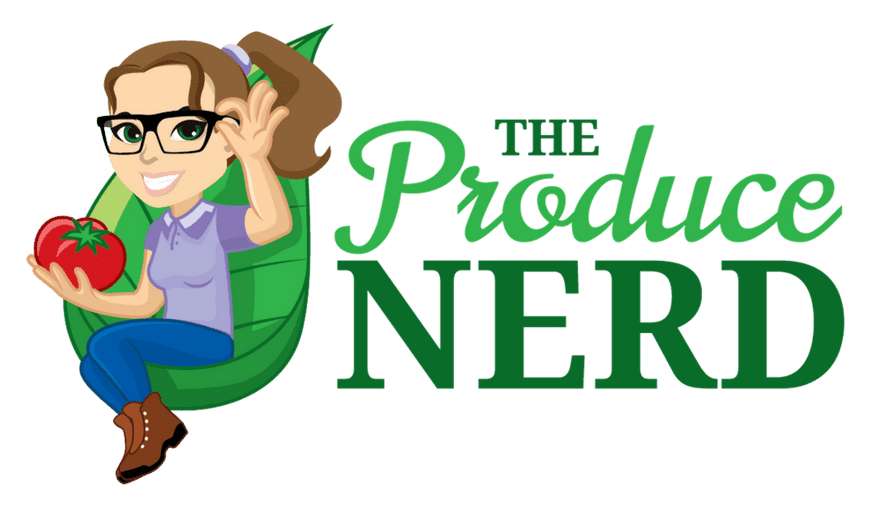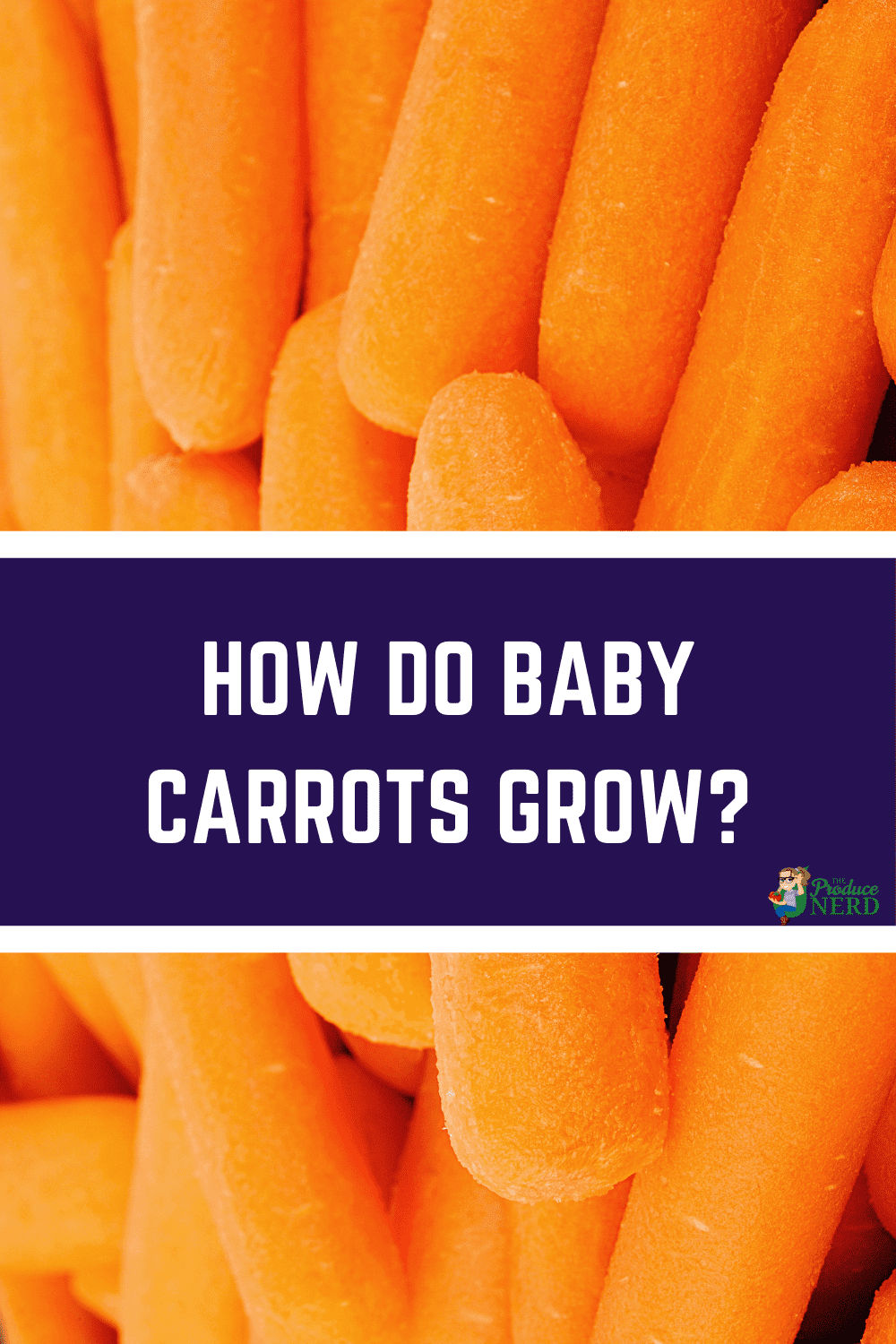Today, baby carrots are seen and served more often than whole carrots. When I was younger, I did not even know that baby carrots were not grown that way. I just knew that those were the carrots that I was served: at home, at school, as appetizers at get togethers, etc. Now, the industry is even more creative with shredded, grated and diced carrots to add to the product offerings. Even though we are all so accustomed to fresh-cut carrots, there are still a lot of fun facts that are not commonly publicized, including how baby carrots are grown.
Table of Contents
How are Baby Carrots Grown?
Baby carrots are grown the same way as any other carrot. (You can click here to see an example of how carrots grow.) The only difference is that baby carrots are machine harvested and are sent to a processor, where they are washed and cut into the size of baby carrots. There is no difference between how baby carrots and any other carrot sold at the grocery store are grown.
How Baby Carrots Originated
The baby carrot creation came from a desire to decrease waste. Mike Yurosek, the farmer credited with the first edition of the baby carrot, used a potato peeler and green bean cutter to produce baby carrots in the hopes of decreasing the 400 tons/day of carrots that were harvested and sent to the cull pile. Nowadays, those carrots would be considered part of the “ugly” produce craze. As in, they did not meet customer specifications in appearance, and therefore, could not be sold to the market. Once the first customer got a sample of this new item, the demand continued to increase. Of course, the product has been perfected since, as well as the machinery used to produce the baby carrots which takes regular-sized carrots, peels/polishes them and slices them into approximately 2″ sections.
How Fresh-Cut Changed the Carrot Industry
With the invention of the baby carrot, not only was there a decrease in wasted carrots, but there was also an increase in carrot consumption. This was clearly demonstrated when in 1987, which was the year after the introduction of the baby carrot, there was a 30% increase in carrot consumption. By the 10 year mark of the baby carrot in 1997, carrot consumption had doubled. For an industry that was used to wasting produce, this allowed for less waste and a higher price (due to the additional processing step). Thus, the carrot grower/processor was growing the carrot, processing more while wasting less, and getting a higher return for their product.
Since 1986 when the product originated, newer, better, more efficient machinery has been implemented to make the process of making baby carrots more efficient, and therefore, they are streamlining the process and making a better return.
What is the “White Blush” on Baby Carrots?
Baby carrots, and any other form of processed, fresh-cut carrots, are sold in air tight bags. However, have you ever wondered what the liquid is that is floating inside the carrot bags? When baby carrots were first being packaged, there were issues with the “white blush” that was appearing on the carrots when they would dry out. This happened because carrots have their outer layer of skin peeled during the processing step and without a liquid solution, they begin to dehydrate and form the “white blush”.
Researchers came up with an edible coating solution (the same idea behind the wax used on apples/cucumbers/citrus/etc.), where they would use sodium caseinate-stearic acid or a heat treatment to raise the pH of the carrots. However, if you look at the public information provided by Grimmway Farms, which is one of the largest baby carrot producers, they state that the only solution that is included in the package is potable water.
Is the “White Blush” on Baby Carrots Caused by Chlorine?
Baby carrots go through a wash step prior to being packaged, and when they are packed into bags, they are placed into a liquid solution to prevent/delay dehydration. If you bring the carrots home, open the bag and do not use all of the carrots and put them back in the fridge, you will find that the “white blush” will appear. Another example is if you put baby carrots out as an appetizer during a gathering and they start to get the “white blush” after sitting out for a while. This has nothing to do with a Chlorine wash, just as none of your other produce that is rinsed with Chlorine (or some other form of sanitizer) before it reaches the grocery store (e.g., peaches, plums, cherries, Cuties, etc.) has a “white blush” caused by the sanitizer in the wash water.
The “white blush” is caused by you leaving the bag open and causing the carrots to dehydrate. To prevent this, once you open the bag, place it into an air tight plastic bag and put it back into the fridge and you should be able to avoid the “white blush.” However, if you do experience the “white blush,” you can re-wet the carrots for a few minutes and they should go back to normal.
If you enjoyed this post, please share it!
Other posts that might be of interest:
- How Is Your Produce Being “Washed”?
- How Carrots are Harvested
- How Fresh-Cut Has Changed the Produce Industry
Resources:
Barth, M.M., Zhuang, H. and Saltveit, M.E. “Fresh-Cut Vegetables.” The Commercial Storage of Fruits, Vegetables and Florist and Nursery Stocks. Ed. K.C. Gross, Ed. C.Y. Wang, and Ed. M.E. Saltveit. United States Department of Agriculture Agricultural Research Service, 2016. 624-641. Web.
Ferdman, R.A. “Baby carrots are not baby carrots.” The Washington Post. 13 Jan 2016. Web. 1 Jan 2017.
Weise, E. “Digging the Baby Carrot.” USA Today. 11 Aug 2004. Web. 1 Jan 2017.


Great article!!